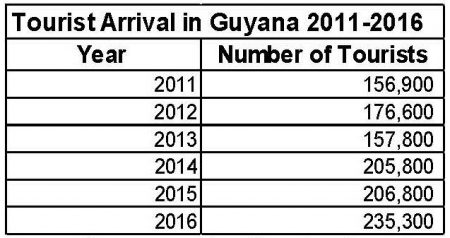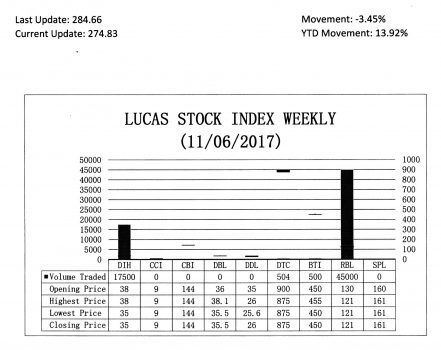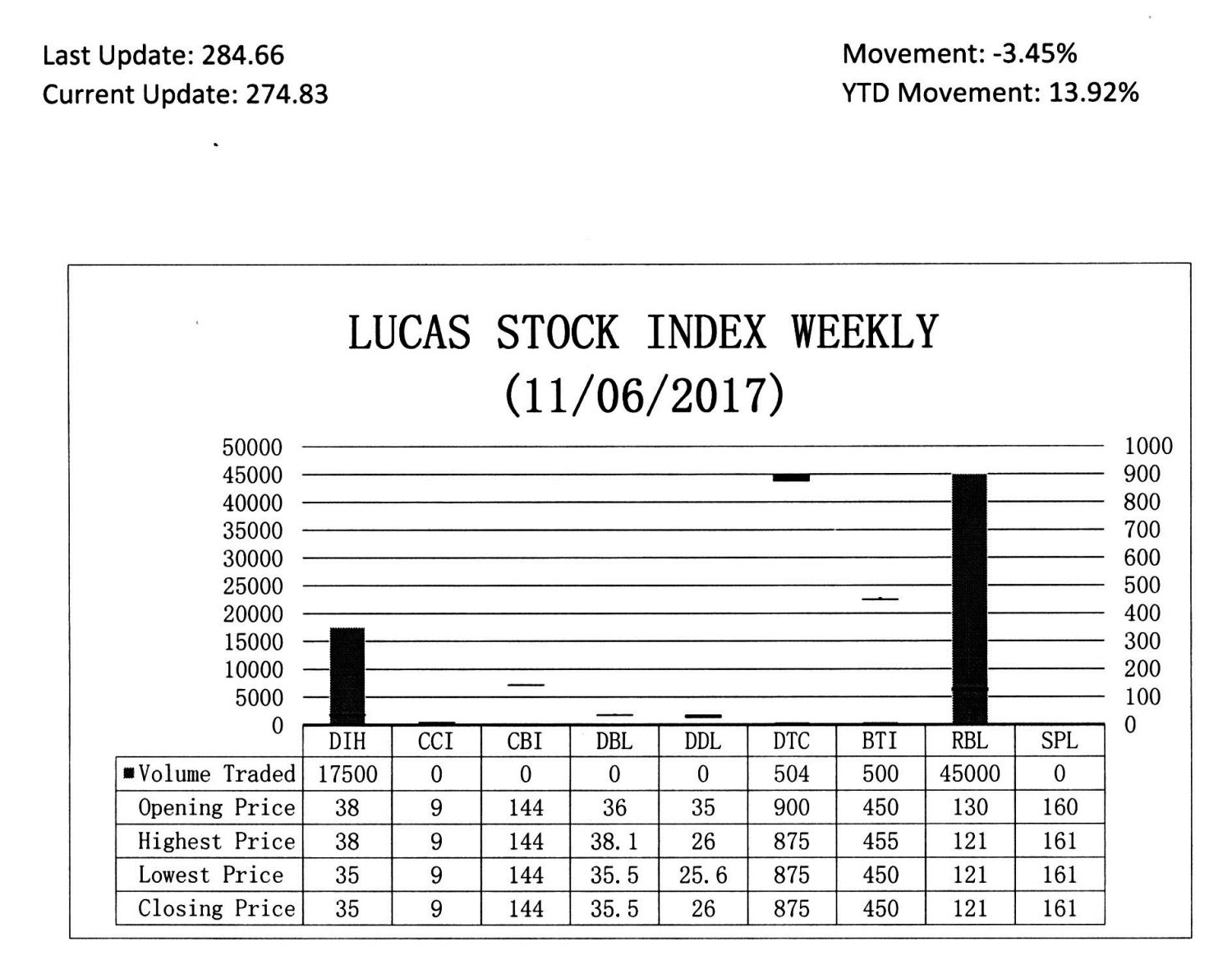Diversity of service
With November being the month in which Caribbean countries were asked to celebrate tourism, this writer was encouraged to explore the subject of tourism further, particularly as it pertained to Guyana. Last week’s contribution was not enough for people to appreciate tourism in Guyana, even though it was established that tourism was more than a picturesque horizon of sun, sand and sea housing the shadows of those enjoying themselves. The diversity of the service, though captured in the reasons people travel, is not fully appreciated. The Caribbean model of tourism 
Curiosity and education
It is an activity about people and how they want to spend their time. Yet, for many, tourism is not about idle time. It is not about empty vessels making plenty noise. Instead, tourism is about curiosity and education. People want to see how nature and man create shapes and patterns of awesome beauty, power and meaning. Nature has provided us with many fascinating pieces of work like the Grand Canyon in the United States of America, Niagara Falls in Canada, the Ha Long Bay in Vietnam, the Galapagos Islands in Ecuador and the Kilimanjaro in Tanzania. These are but a few of nature’s offerings that pique people’s curiosity and entice them to venture to unfamiliar territories far away from home to experience nature’s work. Such purpose of travel is seen also in the continuous visits to the Pyramids of Egypt, the Eiffel Tower in France, the various monuments in Washington D.C., the Taj Mahal in India and London Bridge in the United Kingdom to mention a few popular tourist sites. People travel from far and wide to gain knowledge and experience about these architectural and engineering presentations of man. Some are inspired by their awesome beauty and the engineering genius that predated computers and their applications that today improve the architecture and efficiency of construction of modern buildings.
Extreme sports

Message
But the foregoing has another message other than identifying the different tourism products. The additional message from the foregoing observation is simple. Tourism to be successful must have a well-defined product that was properly marketed and supported. One must recognize that tourism has to compete with the other products and services from around the world for the scarce financial resources of consumers. People flock to popular sites because those sites are promoted by the sellers of the product and visitors who report on their favourable experiences. For starters, tourism products must stand on their own and reveal the utility that customers will get from the products. People allocate resources among products on the basis of the benefits or utility that they will get from each product. The tourism product is no different.
Even when people know the value of the product, they need to be satisfied with the medium through which the product is being delivered. Tourism is not a tangible product. It is an integrated set of services that produce a satisfactory outcome. It is not easy to inspect the product before taking possession and reject it if it was defective. As one considers this issue more and more, it becomes clear that the tourism product is fulfilling the purpose that caused the consumer to come on the trip in the first instance. The feelings of the consumers must change for the better as they enjoy the full suite of services that make up the product. For example, if the purpose of the trip is to see the Kaieteur Falls, that product could be affected by the experience one receives at the airport, at the transport service, at the hotel, at the destination or even in the streets. It is not good for a country like Guyana with a fledgling tourism industry to leave each component of the service to each provider. If the seller of the tour does not have consistency or a common standard in each component of the product, then the product would easily become defective. The defect of a tourism product comes with the experience. Therefore, the risk in buying the tourism product is much higher than that of buying a tangible item. Many things can easily go wrong with the tourism product. It is not clear how much emphasis is placed on this challenge of ensuring that each component of the product produces the same level of satisfaction for tourists coming to Guyana. In other words, the tourism product must be a vertically integrated set of services.
Structure of market
Within the tourism industry itself, one has to recognize the structure of the market and the competition that takes place in that market. Guyana has chosen the ecotourism market or the experimental market as it is referred to by some experts. This is a segment of the market that gives people a chance to enjoy the unspoiled beauty of the country. Guyana has much to offer by way of knowledge and experience in fishing, bird-watching, site-seeing and studying flora and fauna. Is it leading in that segment of the market?
No one knows with certainty since data that can help one to make such a determination is not readily available. Persons attempting to study the industry lament the lack of attention given to collecting data worldwide that could help to determine market size and those who claim to possess the information cannot guarantee its reliability. What can be gleaned from the literature is that Guyana faces competition from big countries in Asia, Europe and North America. It must also contend with high-profile ecotourist destinations in South America and even the Caribbean. In this business, bragging rights are important and Guyana should not leave the market undefined. It must define it for its own benefit.
Things have changed
In the past few years, things have changed for Guyana. The discovery of oil by Exxon Mobil back in May 2015 in offshore Guyana has already started to impact the economy. These successful discoveries, to date five, have placed Guyana in the spotlight on the world map. With a commitment to oil production in 2020, people have begun speculating about the economic prospects of Guyana. With the awareness that oil exists, people are interested in what else Guyana has to offer. The desire to set up a sovereign wealth fund has already brought many calling at Timehri. The need for a deep-water harbour and all-weather road links between the coast and various hinterland communities are getting a fair share of attention. Many see the wisdom in the diversity of energy sources. Others are coming with offers of training, offers of advice and presentations that profess to contain best practices in the oil industry. They all point to the expansion of business tourism.
Tourism market
Such arrivals will not stop until the Guyana market cannot take any more and that will be a long time from now. The table below shows that the pace of arrivals in Guyana is steady. But, the pace is expected to pick up as more and more countries in and out of CARICOM come to grips with the economic prospects and realities of Guyana.

The tourism market in Guyana will consist largely of ecotourists, those visiting friends and relatives (VFR) and business tourists. Guyana needs to ensure that it understands the behaviour of each of these market components and treat with them constructively to maximize tourist arrivals and profits.






